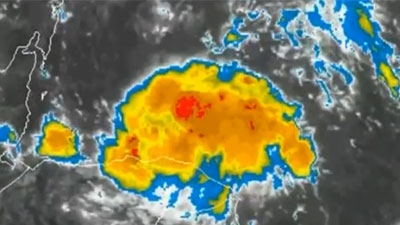Large economies can absorb the economic impact of major disasters, as the resulting damage, however large in absolute terms, is equal to a small share of GDP. The same cannot be said of small island economies, such as in the Caribbean, where the damage can easily constitute a multiple of GDP. The capacity of the Caribbean countries individually to absorb the financial impact of such disasters is limited by a number of factors. Their small geographic size prevents diversification of their risk. The modest scale of their fiscal revenues makes establishing a financial reserve unaffordable and their small budgets constrain opportunities for reallocating resources to meet immediate needs. The high levels of their government debt constrain their access to credit in international capital markets and their domestic capital markets lack sufficient depth to meet their needs following a catastrophe. And, finally, donor assistance they may receive to support relief and recovery, with the exception of in-kind humanitarian assistance, comes with a delay, and often results from a reprogramming that reduces funds for other development activities, and is normally tied to specific expenditures.
Solutions
The World Bank already had a significant history of experience with supporting efforts of countries in the Caribbean and elsewhere to strengthen their disaster risk management strategies and recover from hurricanes and earthquakes. In view of this history, following the devastation caused by Hurricane Ivan and the other major tropical cyclones in 2004, the Caribbean Community and Common Market (CARICOM) Heads of State requested the World Bank’s assistance in devising and creating a structure that would help the Caribbean countries address the constraints described above by providing them with access to affordable insurance coverage against potential revenue losses from natural disasters, thereby reducing their financial vulnerability to such disasters.
